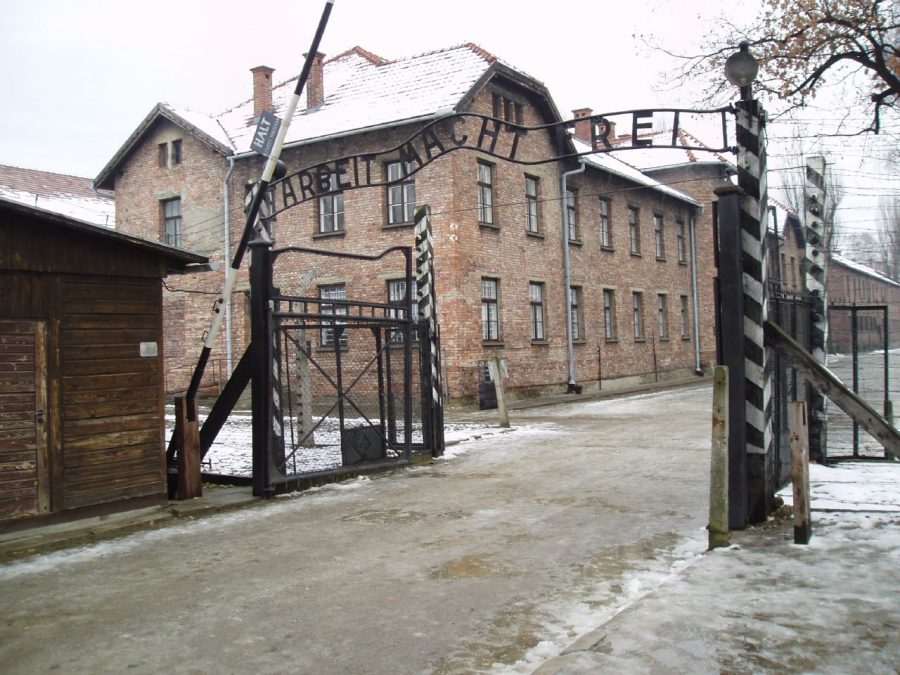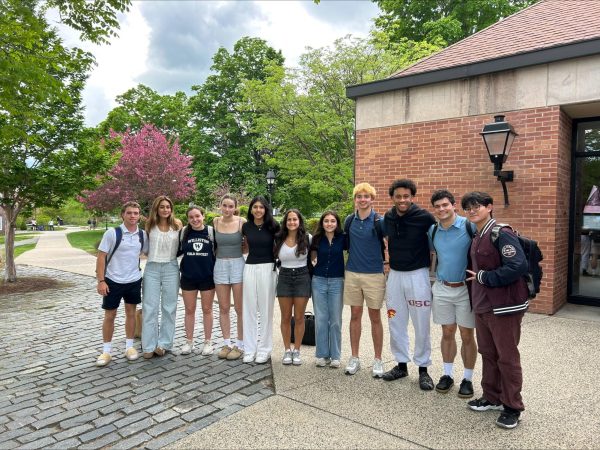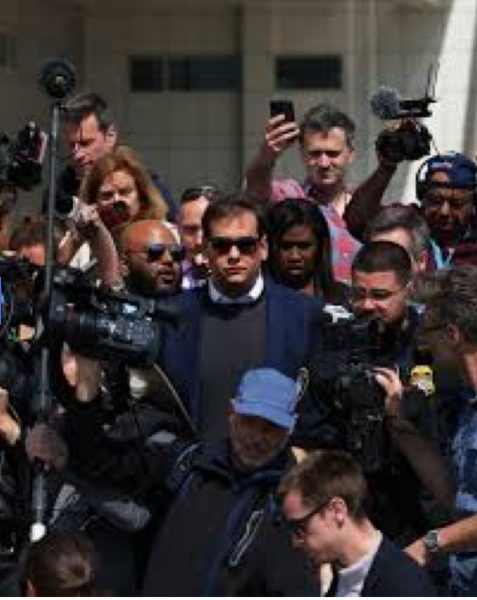Historic Holocaust Letters Finally Deciphered
A cache of letters thought to be lost to history’s darkest corners has been found and deciphered.
This week, the accounts of Marcel Nadjari were finally deciphered after almost 40 years. The Auschwitz inmate wrote letters in 1944, age 26 at the time, and buried them next to the camp’s crematorium.
Originally written in Greek, it took many advances in technology before the documents could be converted over to English. They were found sixteen inches underground by a Polish forestry student nine years after Nadjari’s death in 1971. The documents were 90 percent illegible and could not be seen without the help of Adobe Photoshop. Once they were restored by Pavel Polian, a Russian historian, they were translated by Ioannis Carras, a Greek-British scholar.
Nadjari was held captive at Auschwitz, one of the most notorious Nazi concentration camps. Auschwitz was located in Nazi Germany-controlled Poland. The harsh secrets of life in Auschwitz were revealed through these thirteen pages of honest and disturbing writing. History has taught us a lot about the situation, but Nadjari’s account truly blends the rugged emotions with brutal first-person reality.
The notes themselves showed just how brutal Nadjari’s years were while in Auschwitz. Nadjari revealed he was a part of selected group of inmates called the “Sonderkommando”, which was made up of about 2,200 Jews in the camp. The “Sonderkommando” was assigned one of the most inhumane jobs in the camp; they had to clean and empty out the 15 gas chambers at the camp after the gassings had been done.
Logan Geisness ’18, took Ms. Klumpp’s Hitler and Nazi Germany class this fall, and spoke about the tragedies of the Holocaust. “Imagine being Nadjari and having to get rid of the dead bodies of both family and peers. When we finally believe we know everything about the situation, more things surface,” Logan explained.
These events took a toll on Nadjari, especially since his family had fallen victim to Auschwitz. Because of this he often debated walking into the chambers much like the others, but refrained from doing so.
According to an MSN News article, Nadjari wrote in a letter, “Often I thought of going in with the others, to put an end to this. But always revenge prevented me doing so. I wanted and want to live, to avenge the death of Dad, Mum and my dear little sister.”
Although Nadjari survived the Holocaust and lived to avenge his parents, he died in 1971 at age 53, nine years before the notes were discovered.
Max Livingston ’18, another member of Ms. Klumpp’s class, was horrified by the ruthless truths behind the Holocaust contained in Nadjari’s letters.
“Since I am Jewish, I think it hits home a little bit harder,” said Max. “Surely, all can agree on just how disgusting the acts at Auschwitz were, but to finally see some first-hand records is remarkable.”
This ability to finally salvage the documents and be able to translate them shows just how much technology has advanced in the past quarter of a century or so. Ms. Klumpp teaches the Hitler and Nazi Germany class, and was impressed with the leaps technology has taken in the past few years.
“The fact that it took about twenty years to decipher is difficult to grasp, but it shows just how impressive our technology has become,” said Ms. Klumpp. “The fact that they were able to resurrect Nadjari’s notes from their original form just shows the progress we have made.”
Connor Power is a repeat senior who resides in Woburn, MA, but lives in Ford Hall during the school year. In his free time Connor is an avid mini-golfer...













